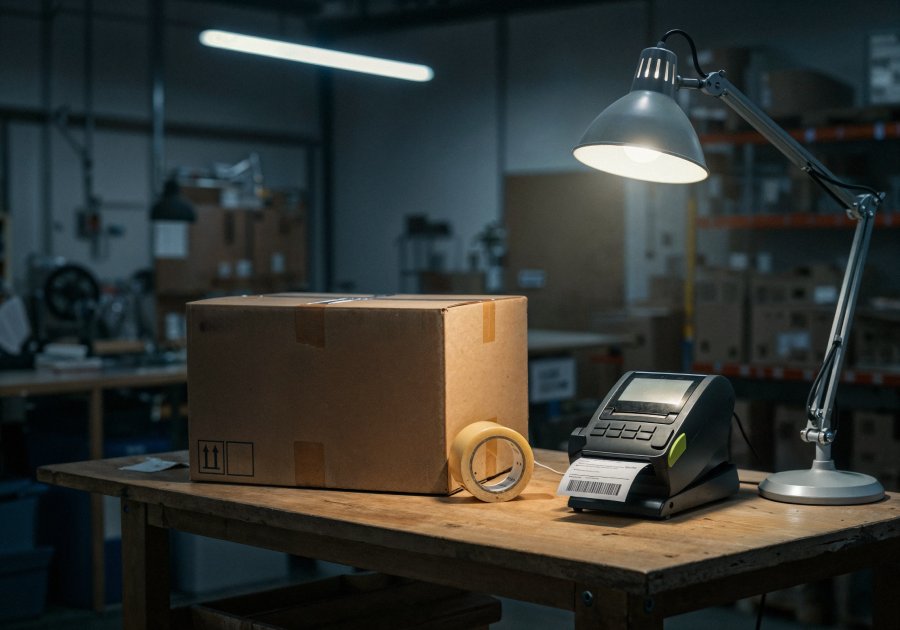5 Common Mistakes When Shipping Freight to Europe and How to Avoid

In the realm of international shipping, sending freight to Europe is an integral part of many business processes. However, even experienced entrepreneurs and logisticians sometimes face challenges when organizing such shipments. In this article, we will explore the five most common mistakes companies make when shipping freight to Europe and offer effective ways to avoid them.
Mistake #1: Incorrect Documentation
One of the most serious issues in international shipping is incorrect documentation. This can lead to delays at customs, additional costs, and even refusal of cargo clearance at the border.
To avoid this mistake, you should:
- Thoroughly study the documentation requirements for the destination and transit countries.
- Prepare all necessary documents in advance, including invoices, packing lists, certificates of origin, and quality certificates.
- Verify the accuracy of all forms and ensure the presence of required stamps and signatures.
Mistake #2: Improper Cargo Packaging
Insufficient attention to cargo packaging can result in damage during transportation, especially during long shipments with multiple handling points.
To address this issue, it is recommended to:
- Use high-quality packaging materials suitable for the cargo type and transport method.
- Ensure secure fixation of the cargo within the packaging to prevent movement during transit.
- Apply necessary labeling to the packaging, including handling instructions and recipient information.
- Consult with packaging specialists to select the optimal solution.
Mistake #3: Incorrect Choice of Transport Method
Choosing an unsuitable transport method can lead to extended delivery times and additional costs.
To optimize the shipping process, you should:
- Analyze the cargo characteristics (weight, volume, value, delivery urgency).
- Consider various transport options (road, rail, sea, air) and their combinations.
- Account for route specifics and potential obstacles (weather conditions, road restrictions).
- Use online platforms like SAMO-TRANS to find optimal road transport options and add cargo to the system.
Mistake #4: Inadequate Cargo Insurance
Many companies neglect cargo insurance or opt for minimal coverage, which can lead to significant financial losses in unforeseen circumstances.
To minimize risks, you should:
- Assess the actual value of the cargo and potential risks during transportation.
- Choose a reliable insurance company with experience in international shipping.
- Carefully review the insurance terms to ensure they cover all possible risks.
- Regularly update the insurance policy to reflect changes in your business and the logistics market.
Mistake #5: Ignoring Customs Rules and Restrictions
Lack of knowledge or disregard for customs rules and restrictions can lead to serious issues at the border, including fines and cargo confiscation.
To avoid these problems, you should:
- Study the current customs regulations of the countries along the transport route.
- Verify the availability of necessary permits and licenses for importing specific goods.
- Correctly classify goods according to the customs code to determine accurate duties and taxes.
- Work with experienced customs brokers to avoid errors in documentation and customs procedures.
How to Avoid Mistakes When Shipping Freight to Europe
For successful international shipping, it’s essential to address all the above issues comprehensively. Here are some key recommendations:
Planning and Preparation
Start preparing for cargo shipment well in advance. This allows you to thoroughly study all requirements, prepare necessary documents, and choose the optimal transport method.
Collaboration with Professionals
Engage experienced logisticians, customs brokers, and insurance agents. Their expertise will help you avoid many common mistakes.
Use of Modern Technologies
Leverage digital platforms and tools for managing shipments. For instance, the SAMO-TRANS platform allows you to add cargo to the system and find suitable road transport, significantly simplifying the shipping process.
Continuous Learning and Knowledge Updates
Regularly monitor changes in legislation and international shipping regulations. Participate in industry conferences and seminars to exchange experiences with colleagues.
Process Analysis and Optimization
After each shipment, analyze challenges and seek ways to optimize processes. This will help you continuously improve service quality and avoid repeating mistakes.
Conclusion
Shipping freight to Europe can be a complex process, but with the right approach and attention to detail, most common mistakes can be avoided. The key to success lies in thorough preparation, the use of modern technologies, and collaboration with logistics professionals.
Remember that every successful international shipment is the result of coordinated efforts by many specialists. Utilize all available resources, including online platforms like SAMO-TRANS, to optimize the shipping process and make your logistics more efficient.
By following these recommendations and continually improving your processes, you can significantly enhance the efficiency of your international shipments and strengthen your business’s position in the European market.
